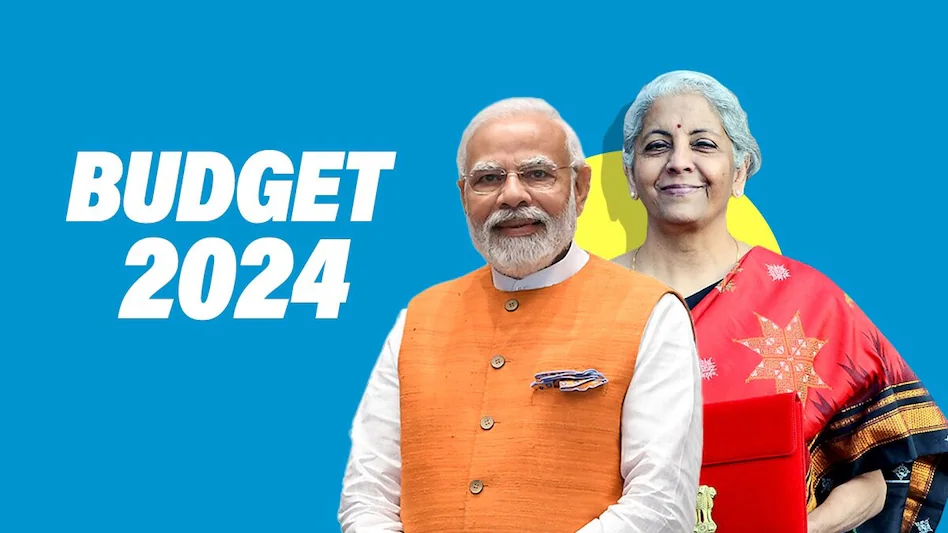Allocation to development Will focus on agriculture continue?
In the interim Budget speech in February, Finance Minister Nirmala Sitharaman emphasized that the welfare of farmers, the ‘annadatha,’ remains the highest priority for the central government. Sitharaman stated that empowering farmers and ensuring their well-being is crucial for driving the country forward. All eyes are now on the upcoming Budget in July. The key question is will schemes and allocation continue to have the farm first focus?
The interim Budget allocated ₹1,17,528.79 crore to the Agriculture Ministry, marking an increase of ₹1,997 crore or 1.70% from the previous Budget. The revised estimates for the Ministry were ₹1,16,788.96 crore, while the actual expenditure in 2022-23 was ₹99,877.01 crore.
Agriculture and rural development
Despite being an interim Budget, the allocations for agriculture and rural development remained significant. The Revised Estimates (RE) for food subsidy were ₹2.12 trillion in FY24, which declined to ₹2.05 trillion in the FY25 Budget Estimates (BE). Similarly, the fertilizer subsidy decelerated from ₹1.89 trillion (RE) to ₹1.64 trillion (BE).
There was a marginal increase in the budget for agriculture and allied activities from ₹1.41 trillion in FY24 (RE) to ₹1.47 trillion in FY25 (BE). For agriculture R&D, the allocation was ₹9,941 crore for FY25. The expenditure for rural development increased slightly from ₹2.38 trillion in FY24 (revised) to ₹2.66 trillion in FY25. The allocation for MGNREGA remained unchanged at ₹86,000 crore.
Several prominent schemes saw notable allocations
The Pradhan Mantri Fasal Bima Yojana received increased funding to provide crop insurance to 4 crore farmers.
The PM Kisan Samman Nidhi maintained its allocation at ₹60,000 crore, offering financial assistance to 11.8 crore farmers, including marginal and small farmers.
The PM Kisan Man Dhan Yojana, however, saw a decrease in allocation new initiatives.

Two new announcements were made by the finance minister in interim budget
Rooftop solarisation for 10 million households Expansion of the PM Awas Yojana Grameen to include 20 million more houses, benefiting rural areas.Other key takeaways from the February Budget The government stated that it plans to boost both private and public investments in post-harvest activities.
Expanding the use of Nano-DAP to include all agro-climatic zones and developing a strategic planning under the Atmanirbhar Oilseeds Abhiyaan to achieve self-sufficiency in oilseeds production.
Establishing a comprehensive program for the development of the dairy sector
Intensified efforts on the Pradhan Mantri Matsya Sampada Yojana to enhance aquaculture productivity, double exports and create additional job opportunities.
The Blue Revolution received an increased fund allocation, totalling ₹2,352 crore
The PM Formalisation of Micro Food Processing Enterprises scheme’s allocation increased to ₹880 crore.
The integration of 1,361 mandis under eNAM to facilitate trading volumes amounting to ₹3 lakh crore.
FAQ’s:
What’s expected in the budget in 2024?
National Insurance Contributions: from April 6th Employee NIC will be cut by 2p from 10% to 8%, and for self-employed will be cut from 8% to 6%. Non-domicile tax status will be “abolished” and replaced by a “modern, simpler and fairer” system from April 2025.
Which budget has the highest allocation in 2024?
The Union Budget allocated a massive 6.21 lakh crore for the Defence Ministry, followed by Road Transport & Highways with 2.78 lakh crore and Railways with 2.55 lakh crore.
Who calculates budget in India?
The budget division of the Department of economic affairs (DEA) in the finance ministry is the nodal body responsible for producing the budget.
What is the budget of education in 2024?
The Budget Allocation for the FY 2024-25 of 73,498 crore is the highest ever for the Department of School Education & Literacy.
Who passed the first budget in India?
RK Shanmukham Chetty presented the first Union Budget of Independent India. He presented the first Union Budget of Independent India on 26th November 1947.
What is an Interim Budget?
An interim budget is a temporary financial statement presented by the government when general elections are around the corner or when there is a transition of power due to the completion of the government’s term.


